Up Next

Following what appeared to be the end of his Formula 1 career in 2020 before Haas signed him to replace the axed Nikita Mazepin, Scott Mitchell reflected on Magnussen’s curious F1 stint.
On March 16, 2014, it would have required bold pessimism to say Kevin Magnussen would never stand on a Formula 1 podium again.
The fresh-faced 21-year-old Dane had just become F1’s second youngest-ever podium finisher, on his grand prix debut with McLaren, and seemed destined to become a star of the future.
Yet fewer than seven years later Magnussen leaves F1 just as he should be entering his prime.
“I can’t believe that I got on the podium then, and haven’t gone back since because I’ve done so many drives that were 100 times better than that drive” :: Kevin Magnussen
A tally of 119 starts, more than all but 52 drivers in grand prix history, represents respectable longevity but when combined with a trio of fifth-place finishes as his best result since that debut podium, his prematurely-ending career looks like one of unfulfilled potential.
“It’s always hard for people outside to tell whether a driver is outperforming the car or not,” Magnussen tells The Race.
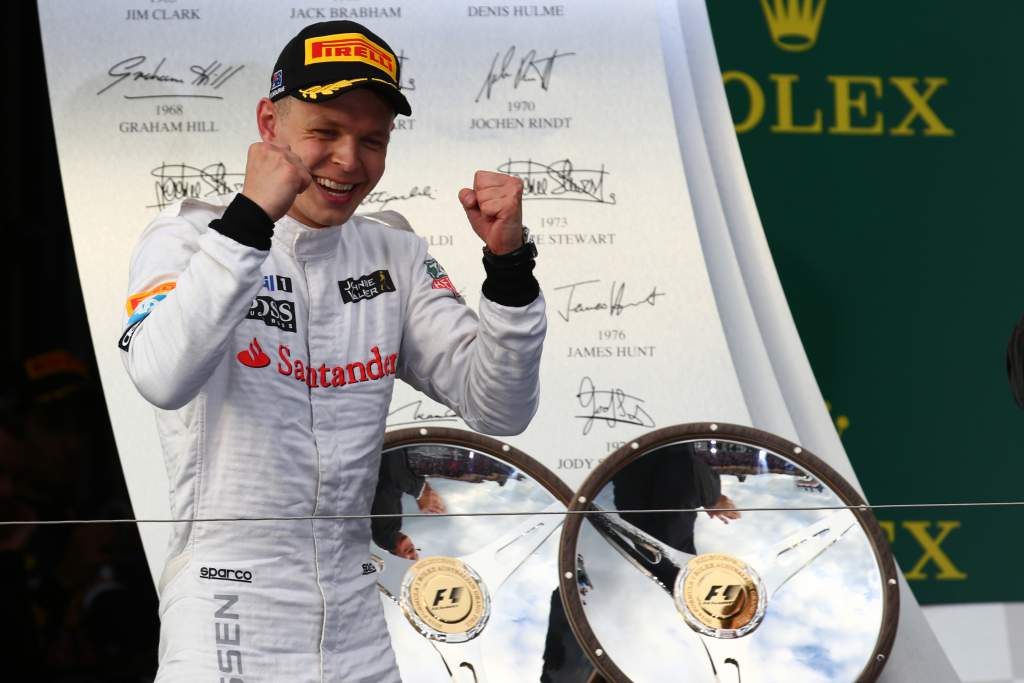
“I think that’s what makes this sport sometimes difficult, especially if you’re in a not competitive car. But hey, there you are.”
There were still a couple of grands prix left in 2020 when Magnussen sat down to talk to The Race. He was heading for the Haas team’s exit door and saying a likely permanent goodbye to F1 in the process but wasn’t spiteful about missing out on opportunities or successes he may have felt entitled to enjoy.
He’s happy to be moving somewhere – America’s leading sportscar series IMSA – he can fight for wins again.
Magnussen’s next step has a lot more potential for satisfying results than his backwards F1 career, in which his competitive opportunities have generally decreased as his ability to maximise them has improved.
Asked if his 2020 self would handle his 2014 McLaren season better, Magnussen says: “Oh, there are so many races!”
“If I go through all the races from back then, there’s so many things I could have done better.
“Even today, I’ll look back and find many things that I could have done better [on a weekend]. So that’s always the case. But certainly in my first year.
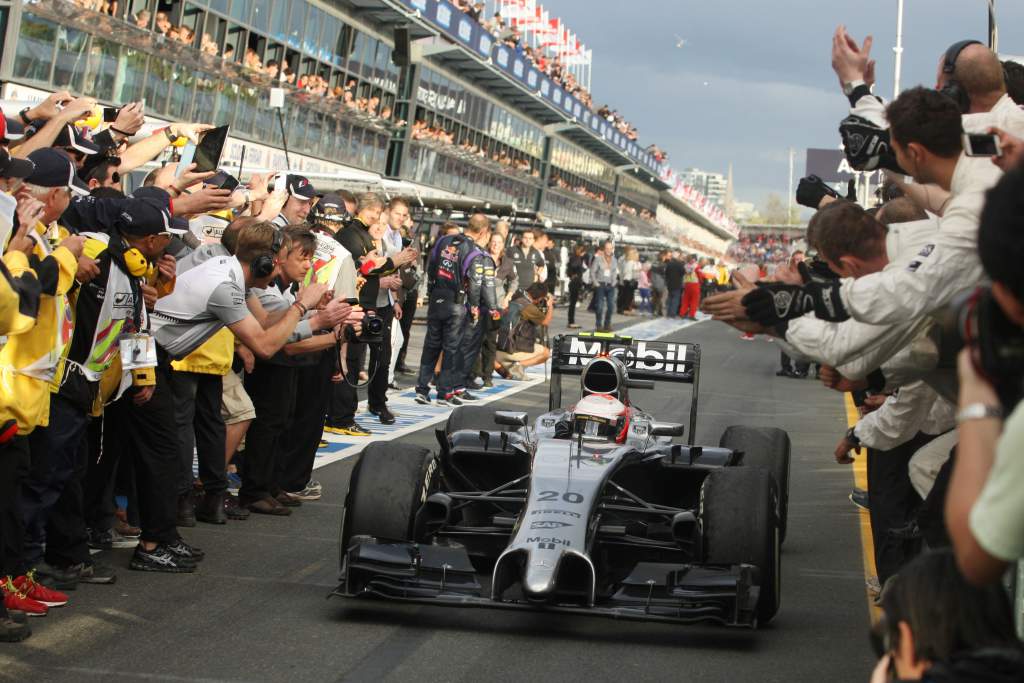
“If I think about the fact that I was second in my very first F1 race, the driver I was then, compared to the driver I am now, I’m so much better now.
“And I can’t believe that I got on the podium then, and haven’t gone back since because I’ve done so many drives that were 100 times better than that drive.”
The responsibility for his career’s false dawn can be split between Magnussen not doing enough in certain situations to merit a more competitive seat than being with Haas into his late-twenties, and F1’s imbalanced competitive spread.
“We just needed to get him comfortable, settled, and get the best out of him” :: Guenther Steiner
How much blame one apportions either way is down to the individual. But Magnussen has been on a lengthy journey with Haas, as a person and a driver, after failing to convince McLaren to keep him for more than just one season, spending 2015 on the sidelines, and enduring a difficult comeback with Renault in 2016 that turned out to be another one-year spell.
That tasked him (and Haas) with a lot of mental rebuilding before he could blossom as a driver, the first real fruits of which were seen in his personal-best 2018 season when Magnussen led Haas’s challenge for fourth in the constructors’ championship and finished a career-best ninth in the drivers’ standings.
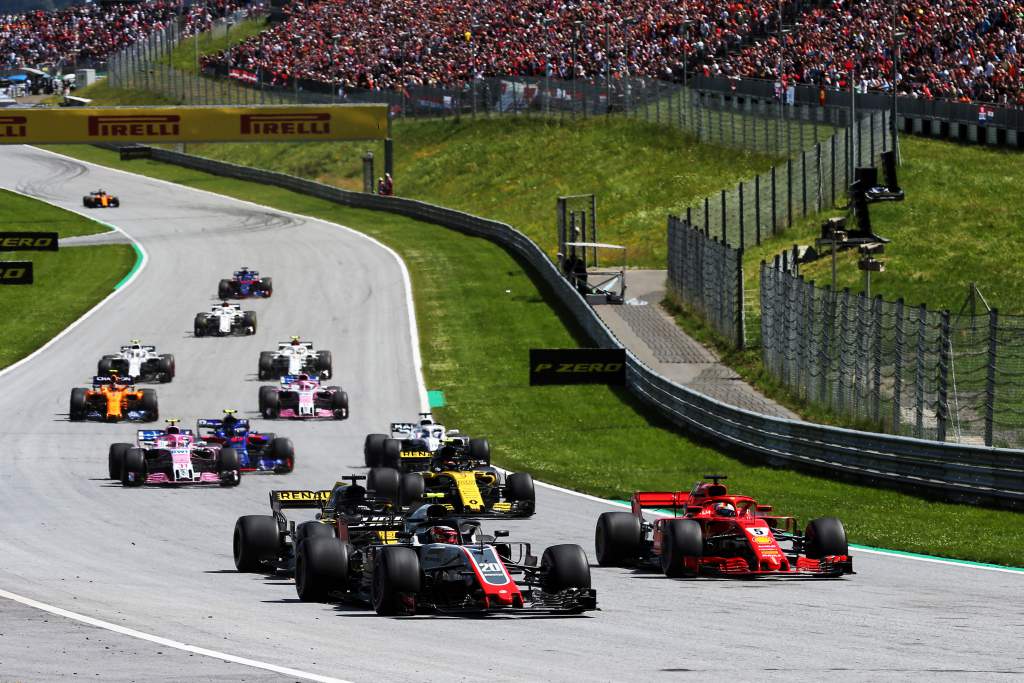
“The four years I’ve had with Haas is where I’ve kind of found my feet in Formula 1,” says Magnussen.
“Before that it was always very tumultuous, every year changing teams.
“In 2015 I had a year off and then getting back to Renault after not having driven a racecar virtually a whole year, it was kind of difficult to really get into it completely.
“I’ve done a huge amount of developing personally over those years with Haas, and improved as a driver with all the experience I gained.”
That view is shared by two key figures at Haas: team boss Guenther Steiner and chief race engineer Aoyo Komatsu.
Before the team’s precarious financial situation prompted a double driver change for 2021, a key part of Steiner’s stint in charge was the opportunity and loyalty he had shown other teams’ ‘damaged goods’, sticking by the up-and-down Romain Grosjean and hiring Magnussen when he had been spat out by both McLaren and Renault.
Steiner tells The Race that he had high hopes for Magnussen’s potential in F1, but this was tempered by an awareness that “Kevin came from a difficult time”.

Curiously, Steiner also references Kevin’s father Jan Magnussen (pictured above) and his shortlived F1 career, which he believes “must have influenced him [Kevin] when he was younger”.
Of Kevin’s own rejection, Steiner says he “knew that he was a little bit hurt” but “we just needed to get him comfortable, settled, and get the best out of him”.
“And I think we did,” he says. “As a human being, I think we did.”
Komatsu has seen how that growth has influenced Magnussen’s behaviour at Haas. Which, in turn, has been crucial to Magnussen’s development as a driver.
“It was good for him to have stability,” Komatsu tells The Race.
“That was always sort of in his mind, ‘what’s going to happen next year?’, but obviously we signed him for multiple years so that gave him the confidence.
“Between the first year and second year I saw a big difference in terms of how he got used to the team, of course we got to know him as well, and also him really getting comfortable and understanding how the people he’s working with are working.
“Then he’s just improved quite a lot with the people he’s working with in the team. With that came more honesty, and he became more comfortable to understand his own limitations.”
“If you think about every step you take afterwards, there’s always things you can learn from that will then go into your backpack of experience” :: Kevin Magnussen
So, in 2018, Magnussen became a more consistent, dependable operator in F1’s ultra-competitive midfield.
Unfortunately, Haas’s car-based slump through 2019 meant the upward trajectory of his career results came to a shuddering halt, and then nosedived in a miserable 2020 ruined by engine supplier Ferrari’s sudden and alarming power deficit.
Magnussen has thus managed just five points finishes in his final two seasons in F1. And now he’s been dropped as part of the team’s new ‘finances first’ necessity.
When his departure from Haas was first confirmed, Magnussen said it was odd to be out of a drive just when he felt at the peak of his powers.
And while that might be scoffed at, there have been some fundamental improvements – particularly in the last two seasons – that have gone almost completely unnoticed because of the team’s struggles.
“For instance, quite often on Friday he’s not quicker than Romain,” says Komatsu. “Often he starts slightly slower than Romain but the good thing about Kevin is he’s confident that he will get there. So he doesn’t panic.
“He goes through the data and then he studies by himself: other people’s driving, videos, GPS, all the data he’s got available.
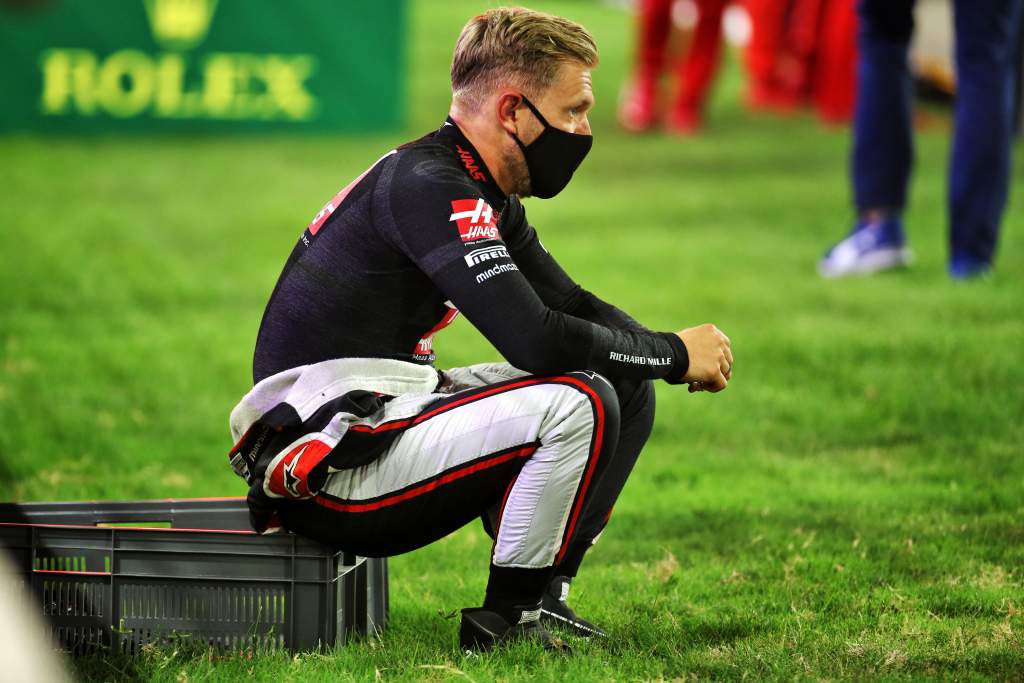
“And then Saturday he’s not fixed on whatever he said on Friday.
“If he thought he was wrong in what he was feeling, back in FP1 or FP2, he’ll say ‘Actually, what I said I was feeling wasn’t right, in order to go quicker here, I need to do something else’.
“He’s very open to that and he puts it right for FP3 and if not for FP3 then for qualifying.
“You don’t look at the results and say, ‘Oh, Kevin must have done well’, because we’re still nowhere” :: Kevin Magnussen
“That kind of learning I saw more and more last year to this year.
“It’s really interesting because his feedback isn’t the best on Friday. What he really likes is the car to have a stable rear end going into the corner. So, if he hasn’t got that, very often on Friday that’s all he talks about: ‘I cannot trust the rear, I cannot carry speed in this corner, because I haven’t got the stable rear’.
“But then, to be fair to him, he is able to accept it overnight, and then take a different approach on Saturday. So that’s very mature.
“That’s a clear step as well because before, when he first joined us, whatever he decided was the limitation on Friday, that would be chased all the way through the weekend so you actually don’t see much improvement.
“Whereas that’s not the case anymore, at all.”
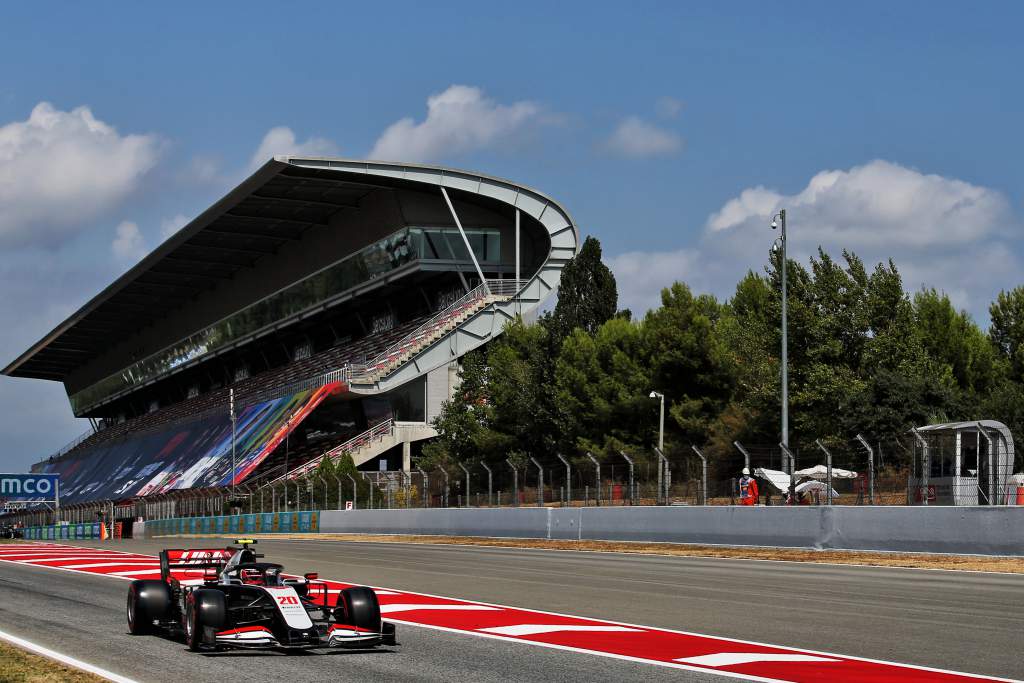
A good example of that is the 2020 Spanish Grand Prix weekend. Grosjean had a phenomenal Friday, setting the fifth-fastest time in practice two. Calling that an ‘uncharacteristic’ practice showing from Haas would be an enormous understatement.
Yet by Saturday afternoon, Magnussen was the faster of the two Haas drivers. Grosjean barely improved (finding a tenth from FP2 to Q1) while Magnussen came within a whisker of nabbing a rare Q2 place.
Part of this development will be a legacy of working so consistently with a small team at Haas, as well as having what Magnussen calls a “phenomenally” fast benchmark in Grosjean. Part of it will also be the natural benefits that come with increased maturity and experience.
Whatever the exact science behind it, Magnussen gives the impression of a driver who had grown to properly embrace a more disciplined, methodical approach.
“There’s a lot of things that play into becoming a more rounded driver,” says Magnussen.
“I think your decision-making just becomes better and better every day, every year. Whether it be decisions of which direction to go with the set-up of the car, in terms of your driving technique in different conditions or different tracks, different corner types, decisions on strategy.
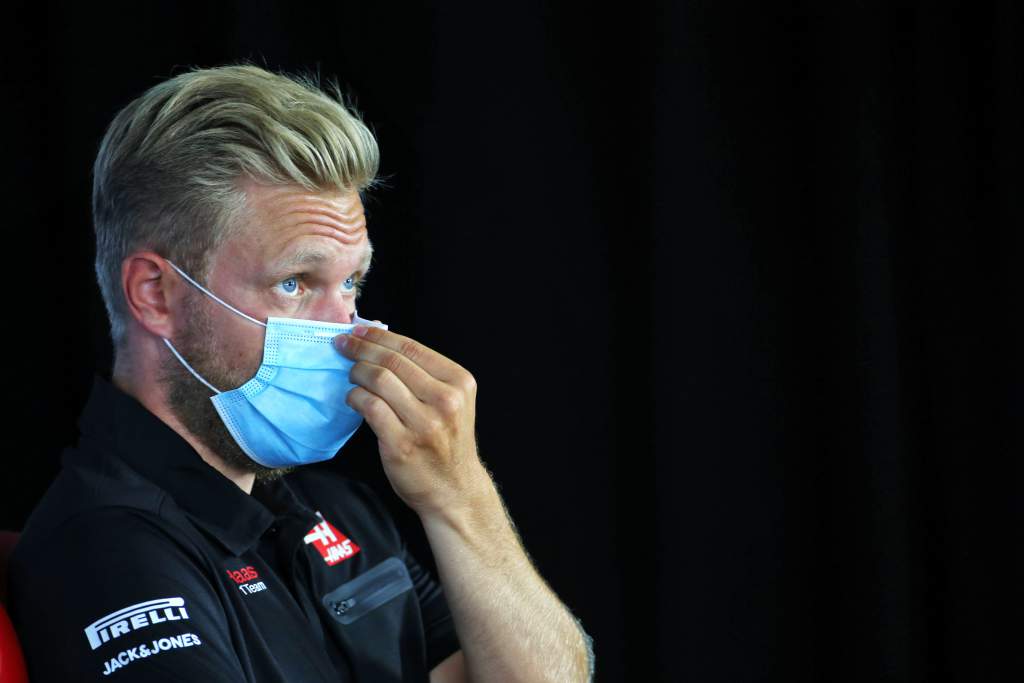
“All the decisions you make become more accurate the more experience you get. And I think if you analyse things and you think about every step you take afterwards, then there’s always things you can learn from that will then go into your backpack of experience.
“So the next time you have to take a decision that is similar to something you’ve tried before, you’ll be more accurate.
“You feel more confident as well every year, you feel more relaxed about things, and you don’t get as pressured and nervous in different situations.
“You feel more at ease, and more content with what you do.”
Such approaches are easy to consider but hard to implement. For an F1 driver, ability is a given. On their day there is very little between all 20 drivers in F1. What’s colossally difficult is consistently tapping into that peak, so that ‘their day’ comes around more often than not.
“When you get to Formula 1 you’ve developed your skill and your raw speed and your car control,” says Magnussen. “So I don’t think that changes a whole lot, it’s all the details, and all the decisions you have to make as a racing driver to extract the most out of your race weekend, your car and yourself.
“That stuff gets better every day.”
Magnussen practices what he preaches, and is a lot more composed than soundbites such as his 2017 run-in with Nico Hulkenberg in Hungary, or radio rant in Canada 2019, make him seem.
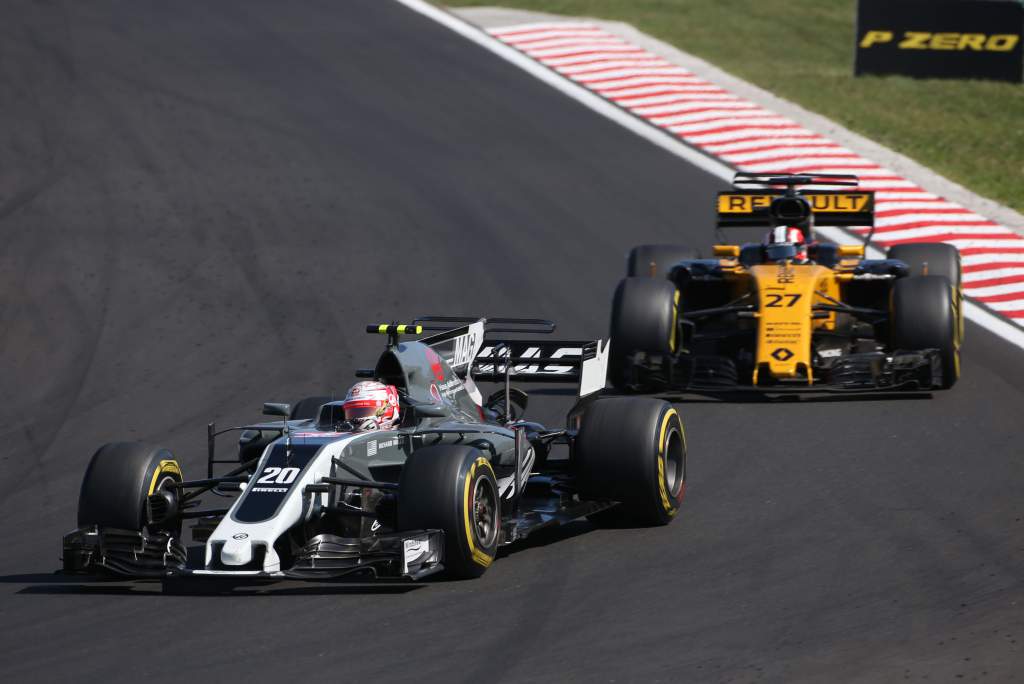
But in 2020 he’s been feeding off scraps, so we just haven’t seen much evidence of it.
Combative opening laps have given him a few moments in the spotlight, but that’s not just natural tenacity and opportunism: his lightning-quick starts are a result of phenomenal accuracy with the start procedure.
Closer analysis of a couple of races, most obviously his solitary point-scoring finish of the year in Hungary but also a very assured weekend in Turkey, give a glimpse of the fundamental truth behind his claim that he really has upped his game.
In Hungary, a smart formation-lap call from Haas to change to slicks thrust Magnussen into a shock third place after everybody else abandoned their intermediate tyres a couple of laps into the race.
From there, Magnussen drove impeccably, balancing the desire to maintain his lofty track position with the understanding that his real rivals were several seconds behind and minimising the time loss would win him points later on. His reward was finishing ninth on the road.
“I was so far off the pace of the cars I was ‘racing’ [for position], the Mercedes and Red Bulls, and there was no way I was going to keep those guys behind,” Magnussen says.
“So I thought ‘I am going to fall back, we’re going to have to accept that’, and just try and work out at which point do I start really fighting?
“That was a tricky balance, and all that thinking is certainly something that I wouldn’t have done as well four years ago.”
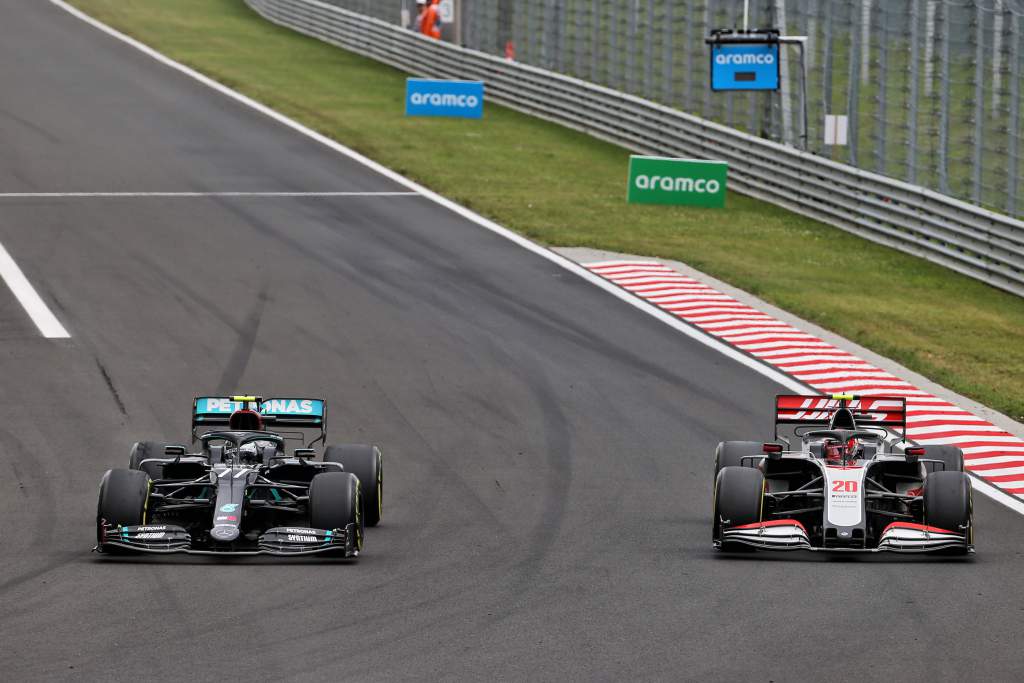
Despite slipping to 10th after a post-race time penalty for the formation lap message that triggered the crucial pitstop, it was Magnussen’s best finish of the year.
But Komatsu rates his drive in Turkey more highly. Only a botched Haas pitstop denied Magnussen a shot at a second points finish after a weekend fighting immensely challenging, fluctuating conditions.
“It’s hard to spot,” Magnussen admits. “You don’t look at the results and say, ‘Oh, Kevin must have done well’, because we’re still nowhere.”
Komatsu compares that weekend to Magnussen’s slump in the 2018 German Grand Prix, when a long stint in fifth place in the dry turned into a point-less finish after rain fell mid-race.

“One of the weaknesses he had before was adapting to changing conditions,” says Komatsu.
“He was on his own driving really, really well, no mistakes, good pace, then it started raining.
“And then he went off and he lost a few positions, then he sort of got panicked – he thought he was nowhere, he just wanted to gamble.
“When everything is stable, he was really good. But once there’s some sort of disturbance he breaks down a bit.”
“I got a fair few years in Formula 1. If you look at it in that context I got way further than I probably should have” :: Kevin Magnussen
Starring in the low-grip conditions of Turkey, in dry and wet conditions and everything in between, suggests that’s not necessarily the case now. And “that shows how much he actually matured, how much he learned from his past experience, mistakes, shortcomings,” insists Komatsu, who could not be more effusive in his praise for Magnussen’s performance.
“I think that’s the kind of condition he would have struggled in before,” says Komatsu.
“Our car is not great in terms of warm-up, so that was especially difficult for him. But he didn’t put a foot wrong, and had the patience to build up the temperature.
“Once the tyre got up to a certain temperature, he was so much quicker than [the cars around him]. Then we called for inters, he wasn’t sure, but then he said ‘OK, let’s go for it’.
“He didn’t get overtaken at all, he was in front of the pack. So lots of pressure, but honestly he didn’t put a foot wrong. That was a very mature race, worthy of a point-scoring finish.
“I couldn’t imagine he could do that three years ago. That was a really significant improvement.”
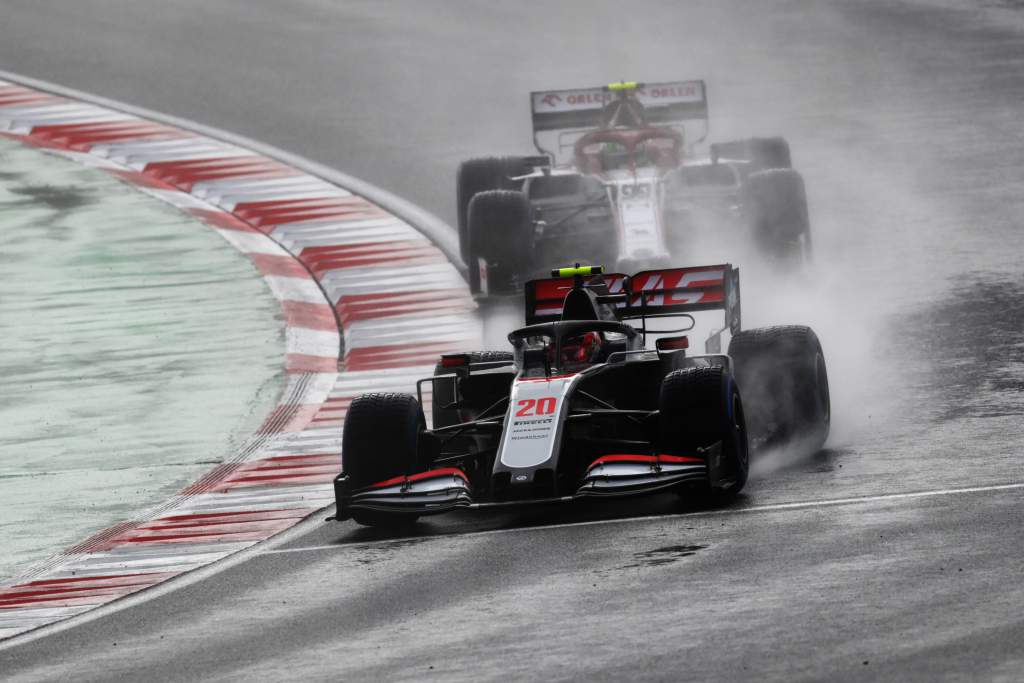
It brought together various facets of Magnussen’s largely unseen development: better judgement, better pace, more composure and more trust in the team’s strategic decisions.
And it begs the question: what could he do in a better car?
F1 knows what it would get if Grosjean, for example, was given another year in a leading midfield car: strong peaks, baffling troughs.
But Magnussen? F1 saw a fleeting glimpse of him at his best in 2018 and by all accounts the driver he had become by the end of 2020 is a further step forward in other crucial areas.
This is at the heart of why his exit is harsh timing. He is confident he would excel if he stepped into a better car and his increased all-round ability as a driver would be clear, but in reality he’ll probably never start a grand prix again.
Magnussen is not a perfect F1 driver, and may have had some fundamental limitations preventing him ever becoming an out-and-out great one. Komatsu points to a potential enduring weakness overworking the rear tyres as his likely focal point had Magnussen remained with Haas into 2021.
But he also suspects Magnussen has fundamentally improved in that regard during his 2019/20 evolution, and hits the nail on the head when he adds: “It’s unfortunate he’s not going to be here next year to demonstrate that.”

Magnussen should not be judged on 2019 or 2020 given Haas’s steady decline. But unfortunately that means judging him on results earned and performances put in when he was a lesser driver than the one he has become.
It’s impossible to know if Magnussen has developed into exactly the driver that Australia 2014 podium indicated he could be: if not in success, than in total ability.
Magnussen himself holds two almost contradictory views on his F1 career: that “I really did my best”, and that “I could have done more”.
The former relates to the driver he believes he became, and the latter to the circumstances outside of his control that stopped him from showing that driver to a wider audience. In any case, Magnussen is in no mood for regrets.
“I certainly think that if I got in a Mercedes, I think I would be able to win races,” he says.
“The little boy in the back of my head, who grew up very confident believing in himself, still believes that I could win the world championship if I was in the winning car, if I was in a Mercedes.
“But it hasn’t happened. And many things have played into that not happening. Surely I could have done better at times.
“There’s lots of things, but I really feel like I did the best I could with what I had.
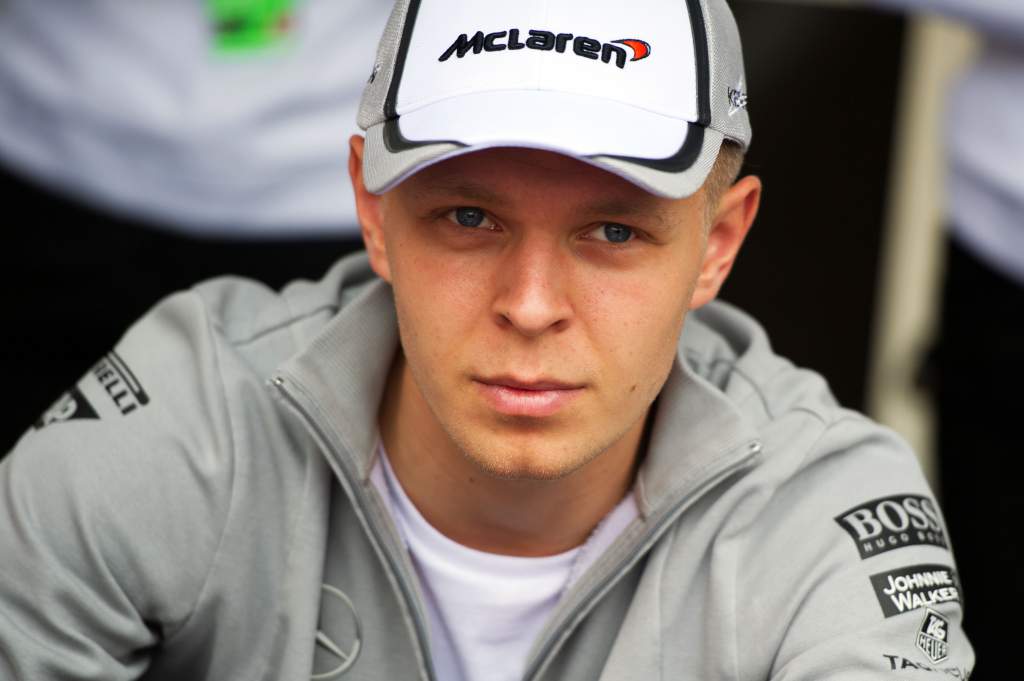
“To think that growing up as a small kid to set yourself a goal to become a Formula 1 driver, knowing that your family won’t be able to support you that much, at least financially, that’s a very tough goal and I achieved that.
“And I got a fair few years in Formula 1. If you look at it in that context I got way further than I probably should have.
“You always want more. I will leave Formula 1 and I’ll be slightly sad that I didn’t achieve more.
“But still if you turn it around and look at it for what it really is: I got very far, and I got in a position that very few people do in their lifetime.”












